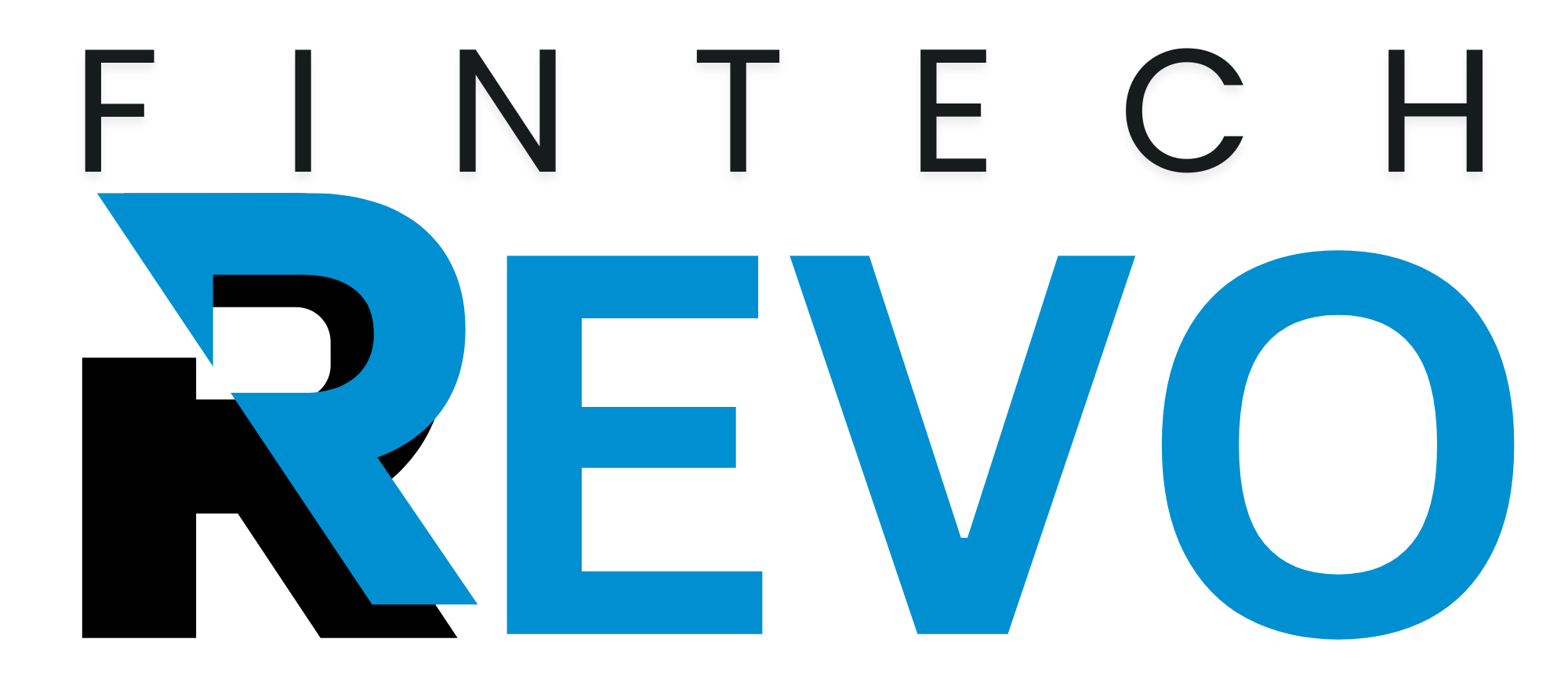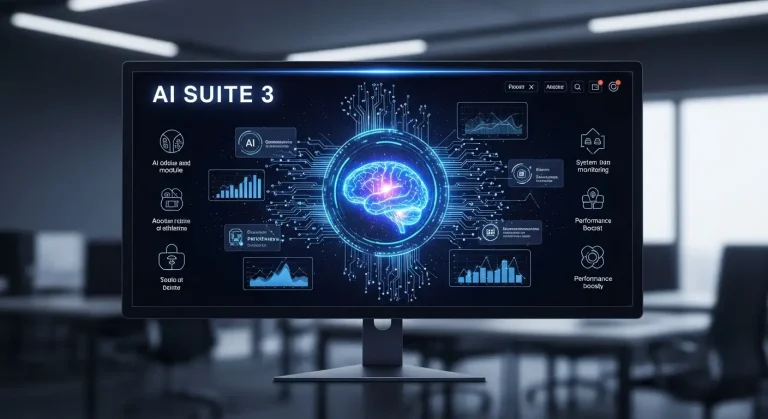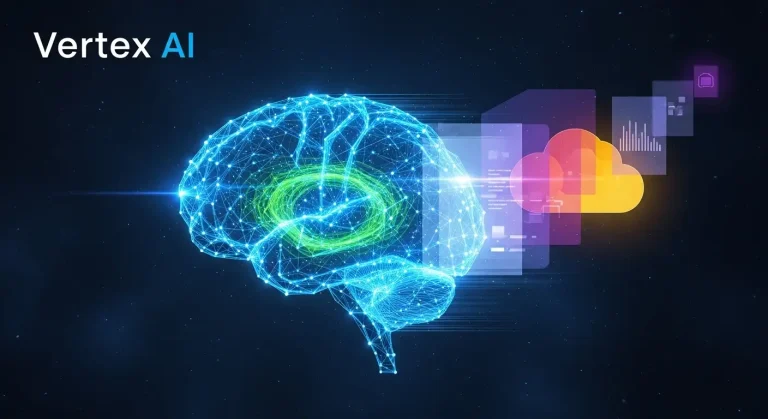Tokens in Janitor AI are small units of text that measure how much you interact with the system. Each time you type a message or receive a reply, the AI processes that text using tokens. Think of them as the fuel that powers your conversation. Every word or sentence is broken down into smaller chunks — these chunks are tokens — and the total number determines how much processing power and data the chat consumes.
How Tokens Work
When you send a message to Janitor AI, it doesn’t read the whole sentence at once. Instead, it splits your message into several tokens, each representing a part of the text. A token can be as short as one character or as long as a few words. For example:
- “Hi!” might equal 2 tokens.
- “Tell me about your favourite movie” might equal 10–12 tokens.
Each message you send and every response you receive uses up a set number of tokens. The longer or more detailed the conversation, the more tokens are consumed.
What Tokens Are For in Janitor AI
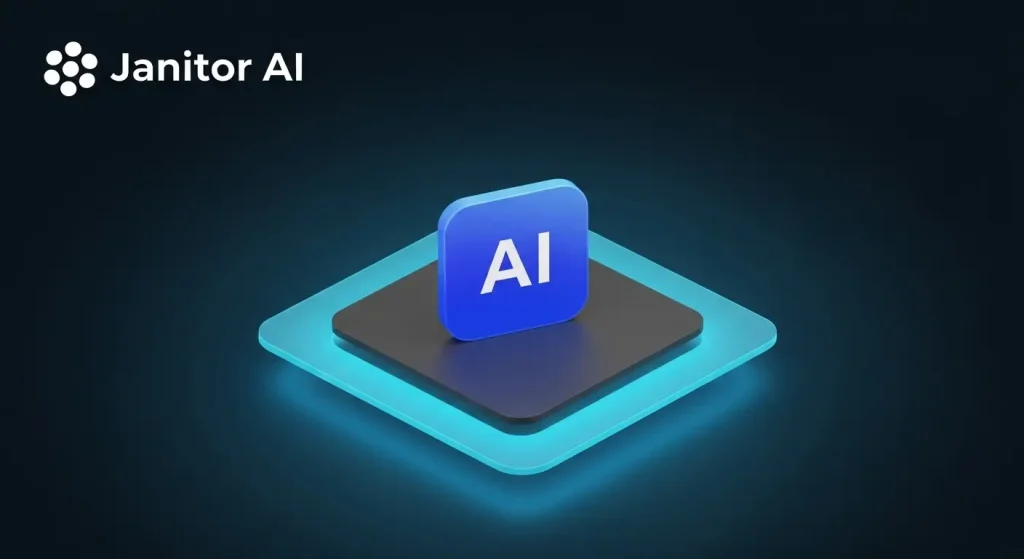
Tokens in Janitor AI serve as a usage meter. They help balance performance, cost, and fairness between users. Here’s what they’re used for:
- Message processing: Every message you send or receive costs a specific number of tokens.
- Conversation memory: The AI remembers previous parts of your chat using tokens.
- Generating replies: Longer or more descriptive replies consume more tokens.
- Managing system load: Tokens prevent system overload by limiting how much text the AI can handle at once.
In short, tokens measure the “workload” of the AI — the more you type or the more complex your prompt, the more tokens you’ll use.
Why Janitor AI Uses Tokens
The token-based system ensures efficiency and fairness. Since Janitor AI relies on large language models such as GPT or Kobold, these models process data in token form. Tokens make it easier to measure usage accurately, allowing users to only pay or consume resources for what they actually use.
Here’s why it matters:
- Fair usage: Every user gets a balanced experience.
- Cost control: You can track how many tokens you’ve used and stay within your limit.
- Scalability: Tokens make it easier to handle many users at once without lag.
Without tokens, chat sessions could become inefficient, costly, or inconsistent in performance.
Token Consumption Breakdown
Different interactions use tokens at different rates depending on complexity. Below is a general breakdown:
| Type of Message | Approximate Tokens Used | Example |
| Short greeting | 5–20 | “Hi there!” |
| Medium response | 50–100 | “What do you think about movies?” |
| Detailed explanation | 200–400 | “Can you tell me a story about a detective in London?” |
| Story-based roleplay | 500–1000+ | Long, multi-paragraph replies |
If you’re using Janitor AI for story-based or emotional conversations, expect higher token use per message due to longer and more descriptive replies.
Managing Token Usage
One of the best ways to get more from Janitor AI is by managing your token consumption smartly. You can do this by:
- Keeping messages short and clear.
- Avoiding repeated prompts or long paragraphs.
- Resetting the chat when it gets too long.
- Turning off memory features if not needed.
Monitoring token usage allows you to enjoy longer sessions without interruption. The platform often provides a dashboard or usage tracker that helps users see how many tokens they’ve spent during a conversation.
What Happens When You Run Out of Tokens
If you’ve used up all your tokens in Janitor AI, the system will either pause the conversation or prompt you to refresh or add more tokens. Depending on your setup:
- You can wait for your token balance to reset (if you’re on a timed plan).
- You can connect your own API key to continue chatting.
- You can purchase more tokens or credits.
This ensures users stay aware of their limits and don’t accidentally overuse system resources.
Tokens, Credits, and Messages – What’s the Difference?
It’s easy to mix up these terms, but they serve different functions:
| Term | What It Means | Example |
| Token | Smallest text unit processed by the AI | “Hello” = ~2 tokens |
| Credit | A bundle representing many tokens | 1 credit = 1000 tokens |
| Message | A single chat entry from user or AI | “How are you?” = 1 message |
Understanding these differences helps you know how Janitor AI tracks your activity and resource use.
Example of Token Usage in Practice
Suppose you type:
“Can you describe a futuristic city in detail?”
That sentence might take around 15 tokens. If the AI replies with a long, vivid paragraph full of detail — say 250 words — that could use 300–400 tokens. Over time, a full conversation with multiple detailed replies could easily cross 10,000 tokens.
That’s why users who use Janitor AI for storytelling or creative writing often monitor their token consumption closely.
Tips to Use Tokens Efficiently
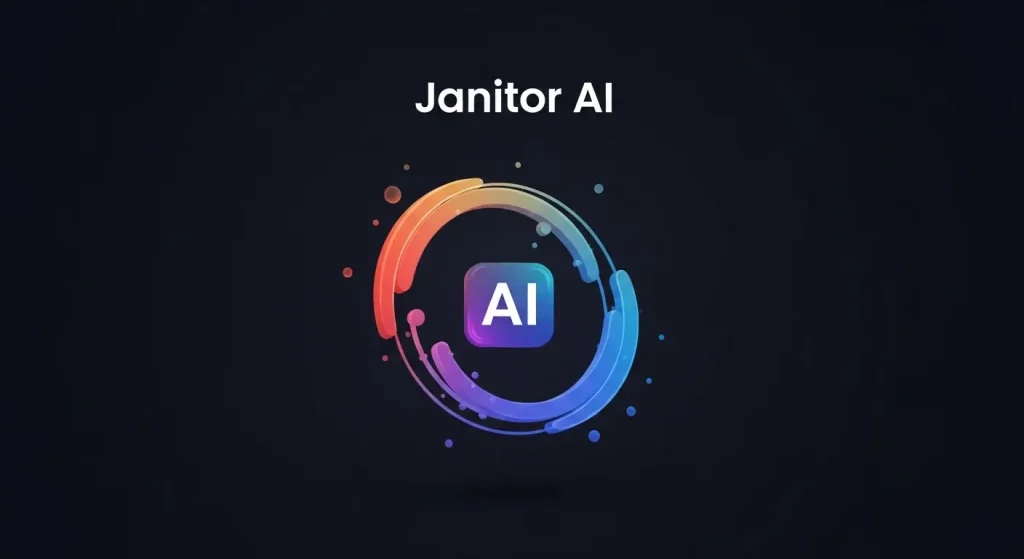
To make the most of your experience, consider these strategies:
- Be concise. Long messages burn through tokens quickly.
- Request summaries. Ask the AI to keep responses short.
- Avoid repetitive prompts. Rephrasing consumes extra tokens.
- Use API connections wisely. If you connect your own key, you control token allocation.
These small changes can significantly extend how long your available tokens last during a session.
The Technical Side of Tokenisation
Behind the scenes, the system uses a process called tokenisation. This is how text is broken down into smaller, readable pieces for the AI model. The process works in four steps:
- Tokenisation: The system splits your message into tokens.
- Encoding: Each token is turned into a numerical value.
- Computation: The model uses those values to predict the next word or phrase.
- Decoding: The AI converts numbers back into readable text.
Every stage consumes computational power, which is why tokens exist — to quantify and manage those resources.
Why Tokens Matter for Users
Tokens aren’t just technical jargon — they’re essential for understanding how your conversations are processed. They help balance quality and cost while maintaining smooth system performance. In Janitor AI, tokens ensure:
- Predictable usage.
- Consistent AI responsiveness.
- Transparent resource tracking.
- Fair system access for all users.
Without tokens, chat systems would either be slower, more expensive, or less reliable.
Future of Token Systems in AI
Token-based models are becoming a universal standard in artificial intelligence. They allow precise usage tracking and prevent overloading systems. Future updates might include smarter token budgeting, compression systems to reduce token waste, or auto-summarisation tools that save memory and processing space.
As Janitor AI and other platforms evolve, token efficiency will likely improve — allowing users to have richer, longer conversations without higher costs.
Final Thoughts
Tokens in Janitor AI are what make every chat possible. They track how much text the AI processes, ensuring balanced performance, cost control, and smooth communication. Whether you’re using the platform for creative writing, roleplay, or simple chats, understanding tokens helps you use the system wisely.
By managing token consumption and learning how they work, you can enjoy more immersive, uninterrupted conversations — all while making the most of what Janitor AI has to offer.
